Chiffon is synonymous with elegance in the fashion world. This weightless, sheer fabric is often used in luxury garments such as evening wear or lingerie to add a touch of class. Chiffon has a lightweight texture and a semi-mesh weave which is what gives the fabric a chic transparent appearance, as well as making it slightly rough to the touch.
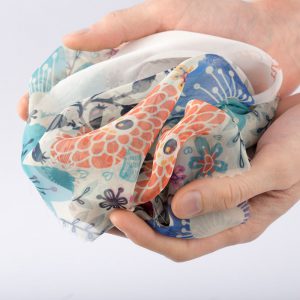
What is Chiffon made from?
Chiffon can be made from synthetic fibers like nylon or polyester, and is most commonly created using polyester due to its low cost and durability – as well as stain resistance. Chiffon can also be made using natural fibers like cotton or silk. Silk chiffon is considered a premium option because of its shimmer, smooth texture and strength. Along with cotton and nylon, silk chiffon can be dyed almost any color. However, synthetic materials generally tend to take dye more easily, aside from polyester. Polyester is manufactured using high heat and dye during the initial heating stages.
A similar fabric, georgette (or crepe) is also used by weaving silk. However, it’s a thicker and more opaque fabric but still drapes like chiffon. Natural fibers such as cotton result in a more matte finish to the fabric, and makes the chiffon substantially less floaty.
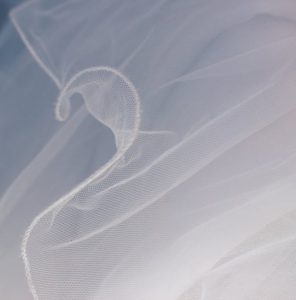
How is Chiffon made?
Chiffon is created by weaving yarns using an alternating method. High-twist yarns are used, which means the yarns are alternatively twisted, resulting in the gentle puckering of the fabric and creating a light crumpling effect in different directions. This also causes the slightly rough feel and stretch of the fabric. When you hold chiffon up to the light you can see a sheer mesh effect, which is caused by a criss-cross patterned weave.
Chiffon is notoriously difficult to work with because of the slippery nature of the fabric. To ensure the stitches are accurate, it must be placed on a non-slip surface or between paper when being sewn or cut. Many tailors work very slowly with chiffon, because if it is stretched during production it can end up bunched together and ruin the stitch. To create a stunning final garment, the stitching must be very sleek and neat.
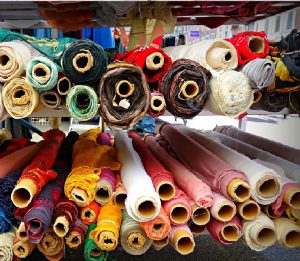
What is Chiffon used for?
Chiffon is often used to add an essence of elegance to a garment, particularly with evening dresses. Gowns and wedding dresses commonly have a chiffon overlay to give the dress a floating appearance and an element of luxury.
Because of the light and airy feel of chiffon, it’s also used for decorative scarves or for blouses. Chiffon is also used in shirts, scarves and lingerie for similar reasons.
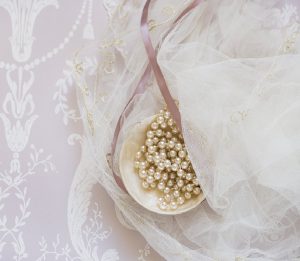
Chiffon Origins
‘Chiffon’ originates from the French word ‘chiffe’, meaning cloth or rag. Silk chiffon has been available in Europe since the 1700s, and was generally used to symbolize wealth and social standing. Nylon was invented in 1938, which led to the invention of chiffon made using synthetic fibers. In 1958, following the introduction of polyester chiffon, synthetic chiffon became very popular because of its durability and particularly low price.
Silk chiffon has held its place worldwide, with the Textile Museum in Washington D.C. demonstrating the international appeal of the fabric by exhibiting traditional chiffon kaftans from Saudi Arabia.
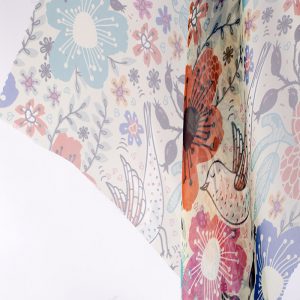
Polyester Chiffon vs Silk Chiffon
Polyester chiffon and silk chiffon are both very popular variants of the fabric. When cost is not an issue, designers generally tend to favor silk chiffon because of its luxurious quality. Despite being more difficult to dye, polyester chiffon is more widely used because of its resilience and much lower cost.
Polyester
Pros
- Cheaper to work with
- More versatile than silk
- Available in different weights
- Available in different patterns
- Sturdier than silk
Cons
- Can be difficult to dye
- Can tear more easily
- Not as breathable
Silk
Pros
- Luxury feel
- Shimmering appearance
- Comfortable on the skin
- Soft drape
- Some stretch
- Natural fabric
Cons
- Not as versatile
- Can be difficult to manage
You’ve explored the history and making of chiffon, so why not try designing your own? Explore chiffon and over 100 other fabrics in your own swatch pack.
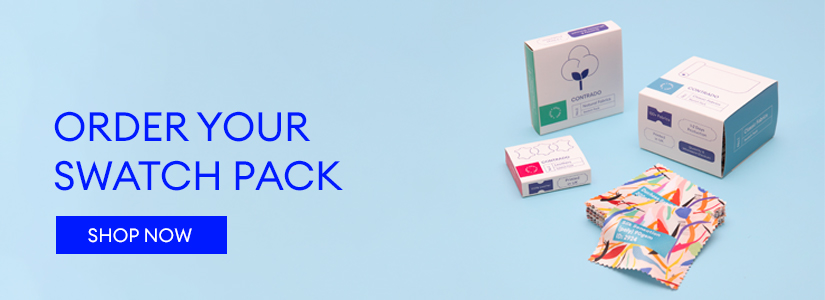

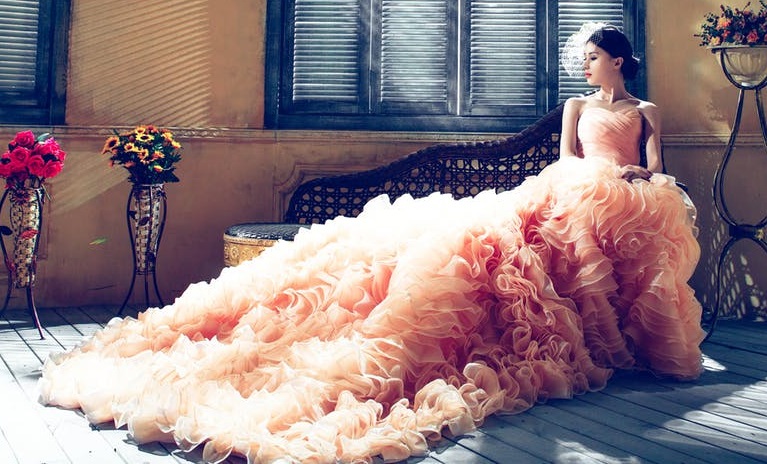
I am surprised to read about how elegant of a material chiffon is compared to other materials often used for clothing. The part where your article mentions that Chiffon is a lightweight fabric that is often used for decorative scarves or for blouses interests me. My wife wants to start wearing more Chiffon in the future, so I think that I will inform her of how versatile the fabric is.
Hi Lloyd, that sounds great! We’re sure your wife would look lovely in Chiffon, so do inform her of all it’s amazing qualities! It may not be suitable for this season, but come summertime, you can’t beat Chiffon. 🙂
Always wondered about chiffon. Do you know where the word comes from too? Is it possibly from the French word ‘chiffre’?
Thanks